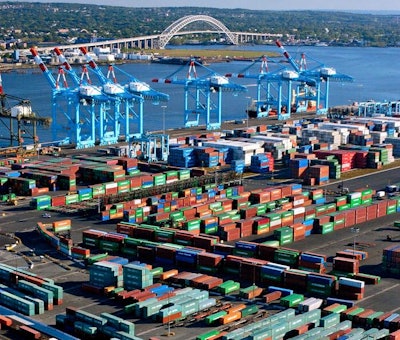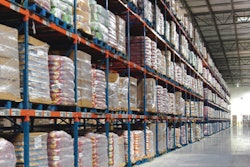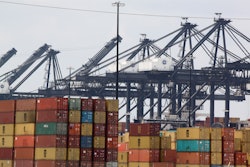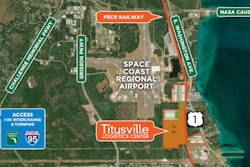
The opening of the Panama Canal’s new wider, deeper locks, isn’t likely to send a wave of new cargo to the East Coast, industrial real estate brokerage CBRE Inc. said in a report, according to The Wall Street Journal.
The expansion, which is set to open in June, would allow for larger ships, potentially reducing the cost of transporting goods from Asia to ports from Houston to New York. But carriers have been shifting their routes to eastern ports for years, and the widened canal is unlikely to entice many more to take the plunge, CBRE said.
West Coast ports claimed 52 percent of U.S. container volume last year, down from 54 percent in 2014 and 57 percent in 2010, according to CBRE. The shift accelerated last year as shippers had to reroute their cargo amid labor strife at West Coast ports, helping East and Gulf Coast ports, including those in Savannah, New York, New Jersey and Charleston, to capture most of the 4.6 percent increase in U.S. container traffic in 2015, the report said.
The change in volumes “is going to be pretty minor,” said David Egan, head of industrial research in the Americas for CBRE. “Most of what we thought was going to happen has already happened.”
Rather, East Coast and Gulf Coast ports are likely to see a gradual increase in container volumes from Asia over many years, Mr. Egan said.
“Shipping freight to most U.S. regions is both quicker and more cost-effective through the West Coast ports than it is through the [Panama] Canal,” the report said. Though post-Panamax ships are expected to narrow the cost gap between coasts, the decision to shift cargo from one side of the country to the other involves a complex calculation of everything from proximity to population centers, fuel costs, and time.
Gerry Wang, chief executive of Seaspan Corp., which charters large container ships to shipping lines, said carriers are looking at sending bigger ships through the canal to the East Coast but remain wary about the ability of the ports to handle the vessels.
To read more, click here.



















